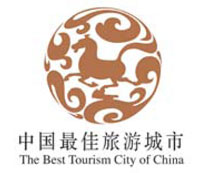If you're an avid tea drinker you've probably had at least a few cups of Longjing - or Dragon Well - tea, a variety known for its smooth leaves, fragrant scent and subtle taste.
Considered by many aficionados to be the best tea in China, it grows in its namesake village of Longjing in Hangzhou, the capital of east China's Zhejiang Province.

Hangzhou is famous for its historical sites and natural beauty - and not surprisingly, for its teahouses, which are more than simply places to drink tea. They are scattered across the city, particularly in the West Lake area, and most popular in springtime when the best Longjing is harvested.
Like Western pubs, teahouses offer a place to meet with friends, colleagues and business partners. Many also serve dim sum, fruit and even main dishes.
Teahouses in Hangzhou can be traced back to at least the Southern Song Dynasty (1127-1279). According to Meng-liang-lu, a book describing the dynasty's capital Lin'an - the ancient name for Hangzhou - the city then had many diverse and well-appointed teahouses lining its main thoroughfares.
Before the "cultural revolution" (1966-1976), Hangzhou's teahouses also had information centers and rooms for social gatherings, said Zhu Jiaji, chairman of Hangzhou Teahouse Association, and general manager of Hu Pan Ju Teahouse.
People exchanged fruit at teahouses near Caishiqiao and traded silk at Yanqiao's tearooms at the time, he added.
There are currently 778 registered teahouses in the city and more than 400 household teahouses surrounding Longjing village.